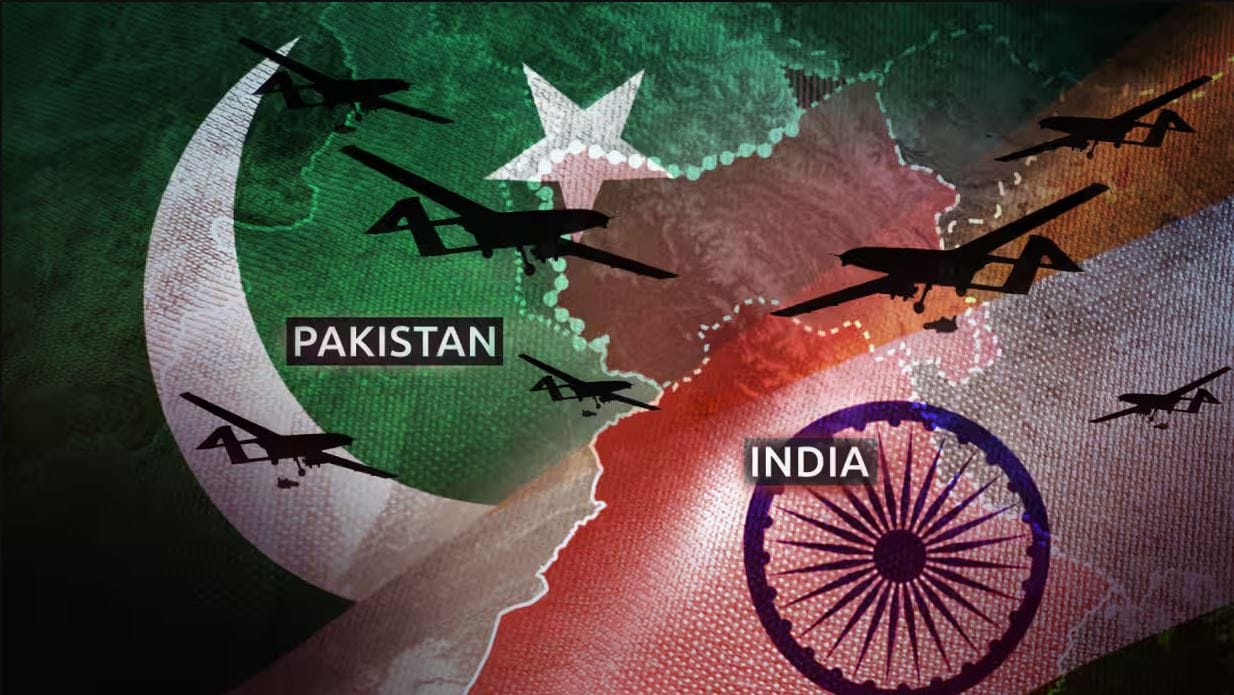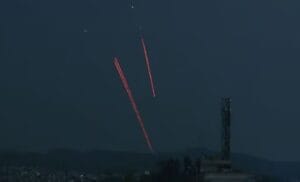Tensions between India and Pakistan flared once again in May 2025, as reports emerged of Pakistan violating a freshly brokered ceasefire along the volatile Line of Control (LoC) in Jammu and Kashmir.
Despite high-level diplomatic efforts and U.S. mediation to halt the escalating conflict, both nations quickly accused each other of breaking the truce. Understanding why Pakistan allegedly violated the ceasefire requires a closer look at the complex backdrop of recent military operations, deep-seated mistrust, and the unresolved Kashmir dispute.
Here are the top 10 key points to help make sense of this critical development :-
1. Ceasefire Agreement and Immediate Violations
India and Pakistan agreed to a U.S.-mediated ceasefire on May 10, 2025, after days of intense military escalation, but within hours, explosions and cross-border attacks were reported in Indian-administered Kashmir, particularly in Srinagar and Jammu.
2. India’s Accusation of Pakistani Violations
Indian officials, including Foreign Secretary Vikram Misri, publicly accused Pakistan of breaching the newly established ceasefire by resuming shelling, drone attacks, and cross-border firing in multiple locations.
3. Pakistani Denial
Pakistan’s government denied any ceasefire violations, with Information Minister Attaullah Tarar calling Indian claims “baseless” and asserting that no such incidents had occurred.
4. Use of Drones and Shelling
India reported the use of drones and artillery by Pakistan across several regions, including Jammu and Kashmir, Gujarat’s Kutch, Punjab, and Rajasthan. Indian air defenses intercepted several drones, and blackouts were enforced in border cities as a precaution.
5. Context: Recent Escalation and Operation Sindoor
The ceasefire followed a sharp escalation that began after India launched “Operation Sindoor,” a series of missile strikes on Pakistani territory in response to a deadly attack by militants in Kashmir, which India attributed to Pakistan-backed groups.
6. Retaliatory Pakistani Operations
Following India’s strikes, Pakistan launched its own retaliatory operation, “Operation Bunyan al-Marsus,” targeting Indian cities and military installations, marking a dangerous escalation between the two nuclear-armed neighbors.
7. Underlying Issues: Kashmir and Cross-Border Terrorism
The root cause of the conflict remains the Kashmir dispute and India’s allegations of Pakistan’s support for cross-border terrorism, which Pakistan denies.
8. Fragility of the Ceasefire
Security analysts and international observers noted the fragile nature of the ceasefire, emphasizing that both sides have a history of mistrust and previous agreements have been violated soon after being established.
9. Civilian Impact and Blackouts
The violence led to civilian casualties, with reports of at least 66 deaths, and prompted authorities in India to impose blackouts in several cities to protect residents from further attacks.
10. International Mediation and Ongoing Tensions
The ceasefire was brokered with significant U.S. involvement, but the rapid breakdown highlights persistent volatility and the risk of escalation to full-scale war in the region.
Summary Table: Key Events and Claims
Event/Claim | India’s Position | Pakistan’s Position |
Ceasefire Violations | Pakistan violated ceasefire with shelling and drones | Denies any violations occurred |
Use of Drones/Shelling | Reported in multiple Indian regions | No official comment |
Reason for Escalation | Retaliation for Kashmir militant attack | Response to Indian strikes |
Civilian Impact | Blackouts, casualties, heightened alert | Claims Indian strikes hit civilians |
International Mediation | Ceasefire brokered by U.S., but fragile | Agreed to ceasefire, denies breach |
The situation remains dynamic, with both sides trading accusations and the ceasefire’s stability in question due to deep-seated mistrust and unresolved core disputes.





